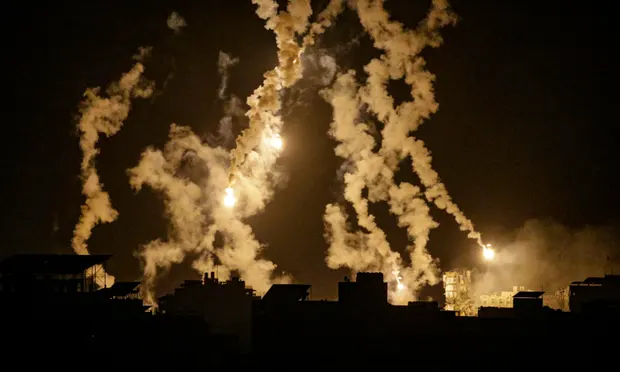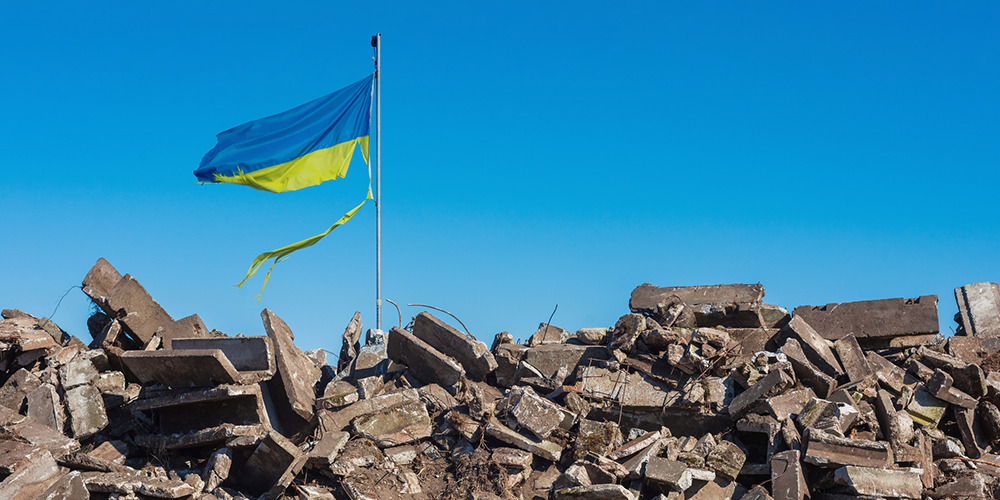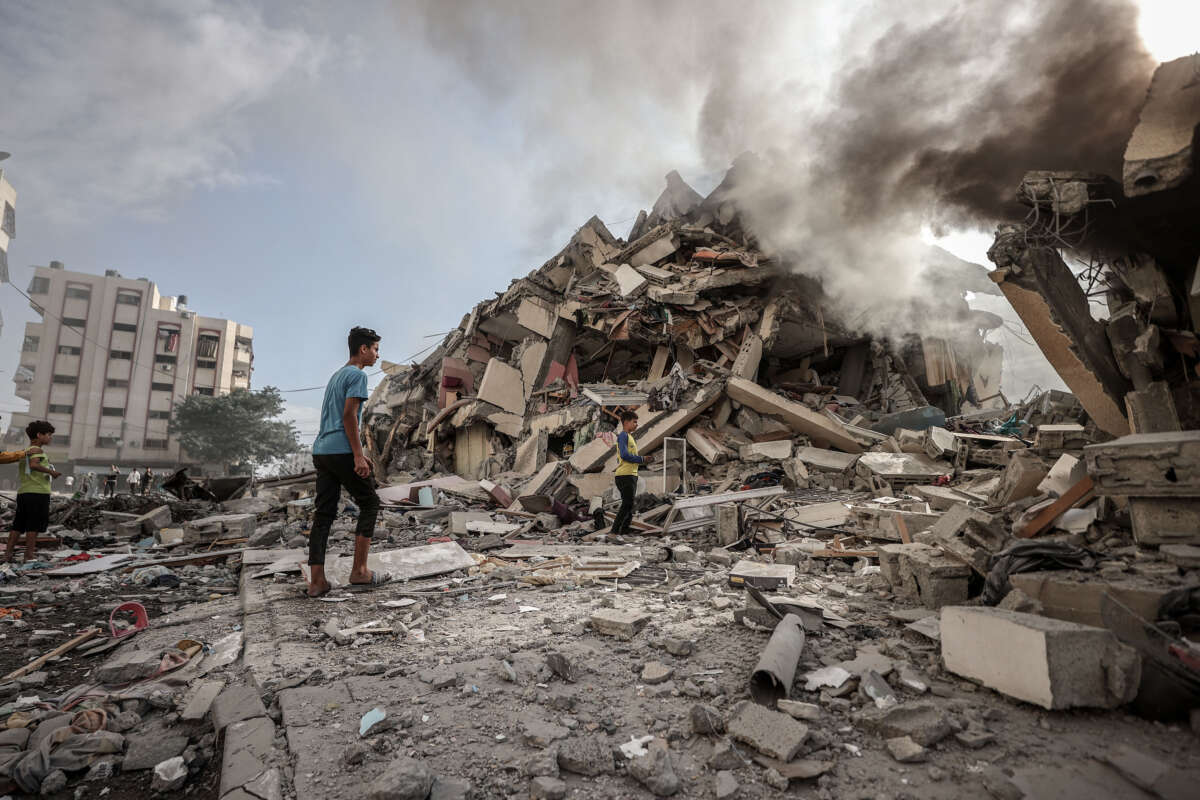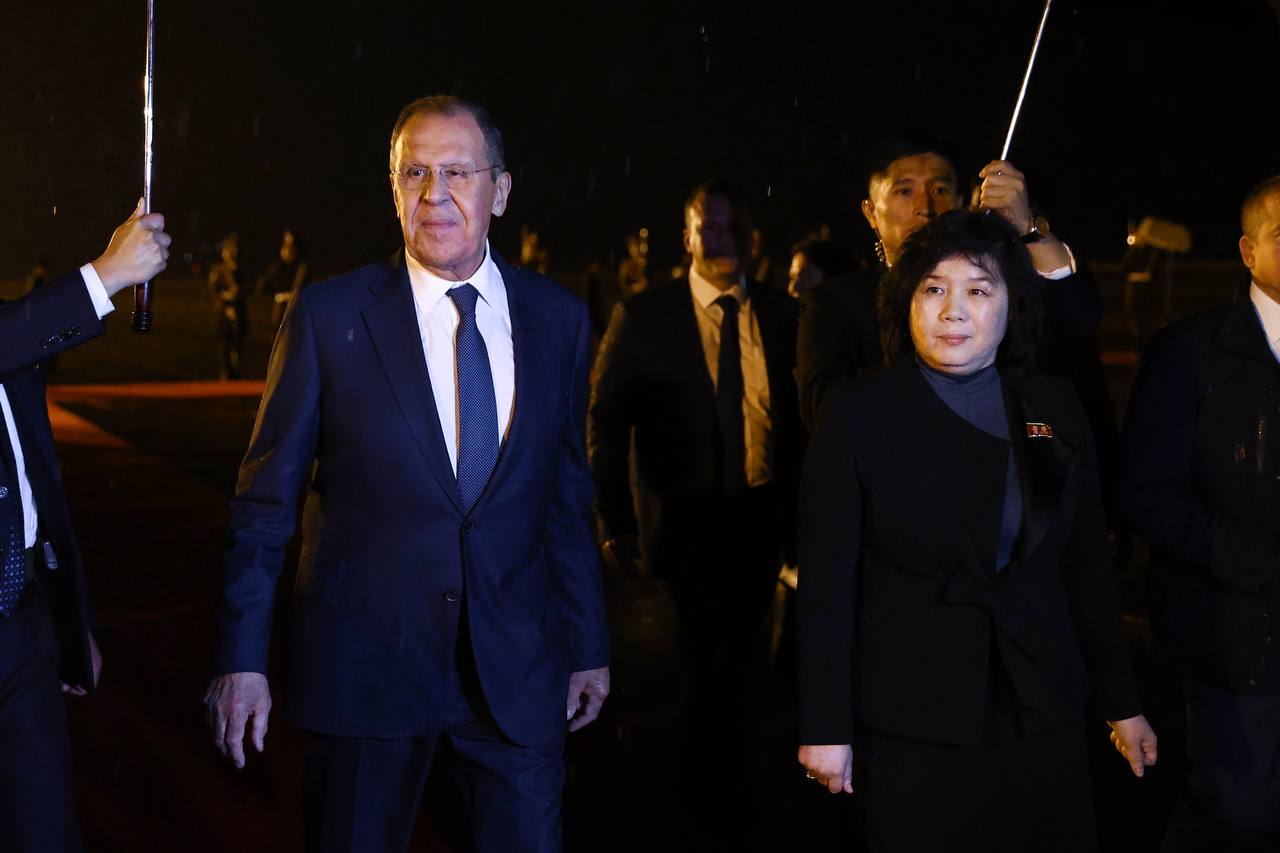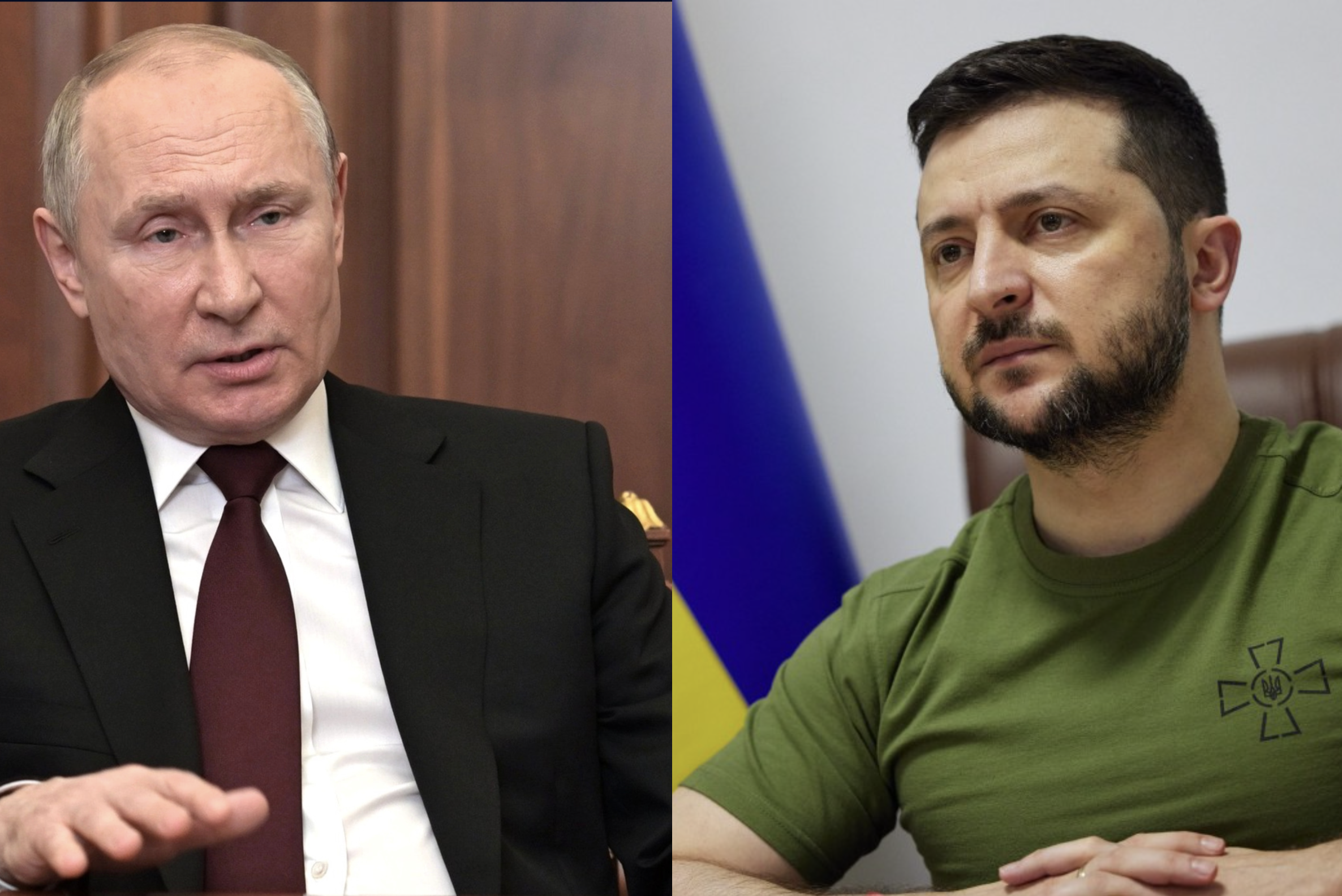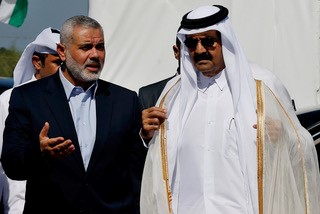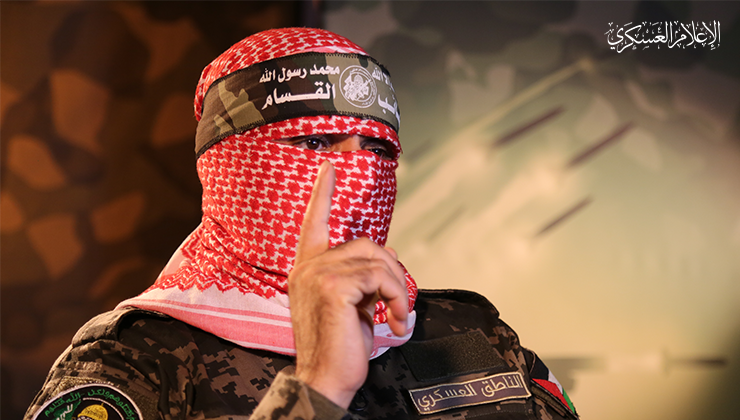F-16 fighter aircraft arrival in Ukraine is imminent.

F-16 fighters could soon be taking part in combat operations inside Ukraine’s airspace providing a well-timed significant boost to its air defences.
Described by experts as the “world’s most agile fighter” – and a much hyped element of this the Nato summit in Washington – the US-made jet will be used primarily to shoot down the barrage of cruise missiles, deadly glide bombs and drones used by Russia to target Ukraine’s power infrastructure.
Ukraine’s President Volodymyr Zelensky has said they are essential to help Ukrainians push back against Russia’s aerial dominance and “unblock the skies”.
Russian forces have been preparing for the Ukrainian F-16s too.
The Kremlin has targeted a number of Ukrainian military airfields and there are growing concerns that these long-awaited jets will be attacked and destroyed soon after they arrive.
In July alone, at least three airfields have come under attack: Myrhorod and Kryvyi Rih in central Ukraine and one in southern Odesa region.
Moscow claims it has destroyed five Ukrainian Su-27 fighter jets and one MiG-29, along with a radar and valuable Patriot air defence launchers.
Gareth Jennings, aviation editor at Janes, the defence intelligence company, said: “Straight off the bat, these new jets will bulk out Ukraine’s forces, enabling them to be much more aggressive in their efforts to create a safe space along the border area.”
He added that the F-16s will not be the most modern produced, yet they have been upgraded with improved weapon systems and radar.
But the Ukrainians are also set to give the multirole fighters a bombing role by adapting them to use the precision-guided Jdam bomb, the French Hammer munition and the UK’s Storm Shadow cruise missile.
The Ukrainians are expected to use the well-honed Israeli F-16 tactic of manoeuvring the fighter to get within range of shooting down a relatively slow-moving cruise missile or drone either with its guns or missiles.
It is also likely to use its Aim 120 air-to-air missiles against the glide bombs released by Russian jets within their airspace that can fly for 60km and have proved deadly against Ukrainian frontline positions.
But aviation expert Paul Beaver said the F-16s will not engage in dogfights, as the Russians have adapted to firing their missiles hundreds of kilometres from Ukraine airspace, usually from over the Caspian Sea.
He said: “This is not about air supremacy or superiority, this is about air defence and the Ukrainians have a much better chance of destroying the missiles in flight than they will attacking the mother aircraft deep into Russian airspace.”
Military aircraft analyst Tim Ripley said the F-16s could be used as a “guerrilla raiding force” in which they spot “a weakness in Russian defences then launch an attack on a high-profile target” and return without being shot down.
The F-16s could well become the “Leopard tanks” of last year’s botched summer offensive in which the much-touted German-made armour failed to make progress in heavy minefields, said Mr Ripley.
“That is my prediction, because you are going to set off a war of attrition in the air, so it’s not beyond the realm that half of the F-16s are shot down and another quarter will crash because they’ve been rushed into service, and at risk.”
Jim Townsend, a senior fellow at the Centre for a New American Security, said “people shouldn’t expect miracles” from the F-16s against Russia. In terms of vulnerabilities, “those airfields are going to be nice, juicy targets and the Russians have already been hitting some of them, just as a ‘welcome to the real world’ for these F-16s”.
This year Ukraine has been under huge threat from Russian glide bombs, which are basically dumb bombs fitted with pop-out wing kits and guidance modules to deliver precision strike stand-off capabilities, similar to the JDAM munitions from the United States.
Russia is churning out these add-on kits and these souped-up bombs have been wreaking havoc on the front lines.
Around 3,000 were dropped in March alone, mostly from Su-34 fighter-bombers.
If Ukraine can protect its F-16s on the ground, the hope is that they could play an important part in pushing back the Russian aircraft to a point where the glide bombs can no longer target Ukrainian ground forces.
The F-16s would work alongside the limited number of Western-supplied surface to air missile systems such as Patriot and NASAMS which are already on the ground.











































































































































































































































































